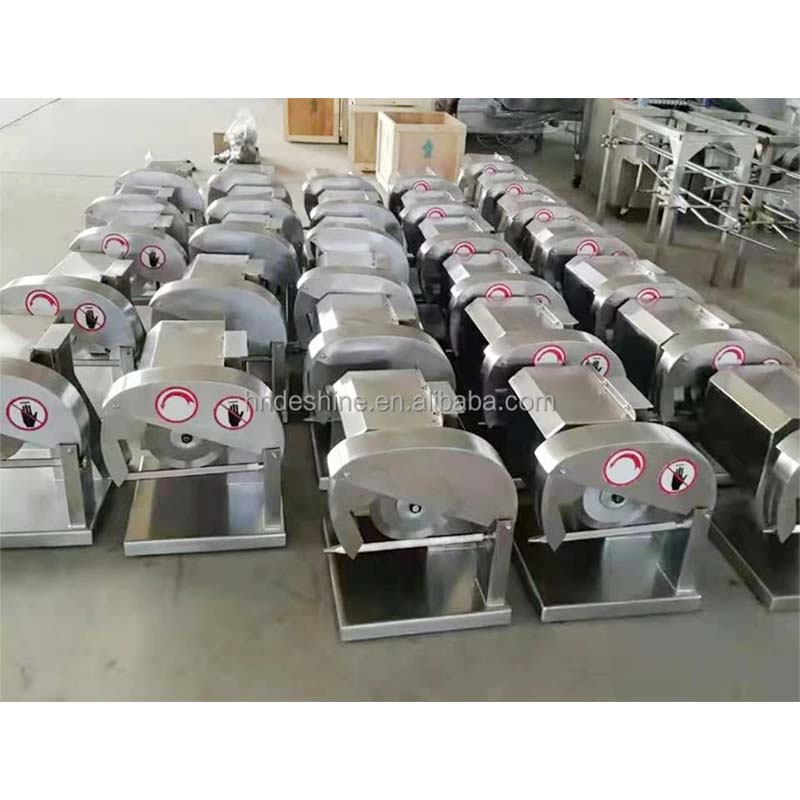Designing an Innovative Housing Solution for Poultry Farming Efficiency and Welfare
Nov . 10, 2024 21:28 Back to list
Designing an Innovative Housing Solution for Poultry Farming Efficiency and Welfare
A Cage for Poultry Understanding Its Importance and Benefits
In the realm of poultry farming, the welfare and productivity of birds are paramount. One of the critical elements influencing these factors is the environment in which the birds are housed, particularly the type of cage system employed. A cage for poultry serves not only as a physical structure that confines the birds but also plays a vital role in their overall health, wellbeing, and productivity.
Historical Context
Historically, poultry has been raised in various systems, from free-range farming to traditional barnyard setups. However, the evolution of poultry farming has seen a significant shift towards caged systems. Initially designed to maximize space and production efficiency, these cages have transformed considerably over the years. The modern poultry cage is designed with the bird's welfare in mind, addressing both ethical concerns and production efficiency.
Types of Poultry Cages
There are several types of cages used in poultry farming, each serving different needs depending on the scale of the operation and the specific goals of the farmer. Common types include
1. Battery Cages These are small cages that house multiple hens, allowing for easy management and egg collection. While they maximize space, there has been significant controversy over their impact on animal welfare.
2. Enriched Cages These provide more space and amenities such as nesting boxes and perches. Enriched cages aim to improve the quality of life for poultry while still allowing for efficient production.
3. Free-Range Cages These systems grant birds access to outdoor space. While they require more land and resources, they often produce chickens and eggs that are perceived as more humane and of higher quality.
4. Floor Systems Instead of cages, some farms utilize open floor systems that allow birds to roam freely within a designated area. This approach emphasizes animal welfare but can pose challenges related to management and disease control.
Benefits of Caging Systems
a cage for poultry

Choosing an appropriate cage system offers numerous benefits for both poultry and farmers
1. Improved Health and Welfare Modern cages, especially enriched ones, prioritize the welfare of the birds by providing enough space and resources for natural behaviors. This can lead to healthier birds with lower stress levels.
2. Efficient Management Caged systems streamline feeding, watering, and cleaning processes. This increases operational efficiency, allowing farmers to monitor the health of their livestock more effectively.
3. Higher Production Rates Caged systems often result in higher egg production rates per bird due to better management of environmental conditions, such as temperature and light. This can translate into improved profitability for poultry operations.
4. Disease Control Caging poultry helps in minimizing the spread of diseases among birds. By reducing ground contact and enabling better biosecurity measures, farmers can protect their flocks more effectively.
5. Space Efficiency Cages are designed to maximize the available space, allowing farmers to house more birds in a smaller footprint. This is particularly beneficial for large-scale operations aiming to meet high consumer demand.
Ethical Considerations
Despite the benefits of caged systems, ethical concerns regarding animal welfare persist. Critics argue that confinement can inhibit natural behaviors, leading to increased stress and health issues in poultry. As a response to these concerns, many farmers are shifting towards enriched cages and more humane alternatives, such as free-range systems. The poultry industry is gradually evolving in response to consumer preferences for ethically raised poultry products, leading to a growing demand for improved housing systems.
Conclusion
A cage for poultry is more than just a mere enclosure; it embodies a complex interplay of factors that contribute to the birds' welfare, productivity, and the overall efficiency of poultry farming. While traditional views on caging might invoke criticism, the advancements in cage design and management practices underscore a commitment to animal welfare alongside economic viability. As the industry continues to adapt to ethical standards and consumer demands, the evolution of poultry cages is likely to play a key role in shaping the future of poultry farming, promoting a balance between productivity and the humane treatment of our feathered companions.
-
Hot Sale 24 & 18 Door Rabbit Cages - Premium Breeding Solutions
NewsJul.25,2025
-
Automatic Feeding Line System Pan Feeder Nipple Drinker - Anping County Yize Metal Products Co., Ltd.
NewsJul.21,2025
-
Automatic Feeding Line System Pan Feeder Nipple Drinker - Anping County Yize Metal Products Co., Ltd.
NewsJul.21,2025
-
Automatic Feeding Line System - Anping Yize | Precision & Nipple
NewsJul.21,2025
-
Automatic Feeding Line System - Anping Yize | Precision & Nipple
NewsJul.21,2025
-
Automatic Feeding Line System-Anping County Yize Metal Products Co., Ltd.|Efficient Feed Distribution&Customized Animal Farming Solutions
NewsJul.21,2025






